
Alliant Unique remains an excellent choice for handloading the .38-40 Winchester, especially when using cast bullet loads.
Q: I recently read an article that brought back some bad memories of my hand-loads and perhaps you can help put my mind at ease. In this particular instance, the author referenced .32-20 W.C.F. factory loads that had wild extreme velocity spreads depending on if the revolver was pointed up, level or downward. In short, when the gun was pointed upward or level, the loads performed normally, but when the muzzle was pointed downward, the 100-grain jacketed bullets would regularly stick in the bore. I was shocked to read this, as I expect factory loads to always work flawlessly. Your thoughts on why this occurred would be of interest?
Here are my bad experiences. Back in the early 1960s, I purchased a very nice pre-World War II Colt Single Action Army chambered in .38-40 Winchester with a 51/2-inch barrel. The second generation guns were in production, but they were hard to find and were bringing at least $125. I felt like I got a bargain when I paid $80 for the gun and three boxes of Western 180-grain jacketed SP ammunition. I shot two boxes up and my dad coached me on how to reload those 100 empty cases. The local hardware store stocked handloading components and a quantity of .38-40 180-grain JSP bullets (I think they were Remington) were obtained. We used 9 to 9.5 grains of Hercules Unique with the factory bullets, which worked perfectly and seemed more consistent than the factory loads.
This story is from the June - July 2022 edition of Handloader.
Start your 7-day Magzter GOLD free trial to access thousands of curated premium stories, and 8,500+ magazines and newspapers.
Already a subscriber ? Sign In
This story is from the June - July 2022 edition of Handloader.
Start your 7-day Magzter GOLD free trial to access thousands of curated premium stories, and 8,500+ magazines and newspapers.
Already a subscriber? Sign In

OEHLER's New System 89 Chronograph
Measuring Bullet Performance Downrange
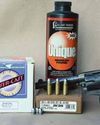
The Problem with Low Pressure Loads
Bullets & Brass
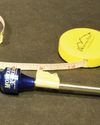
Measurements for Rifle Handloading
Handy Techniques for Accurate Ammunition
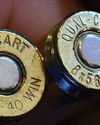
THE BRASS RING
In Range
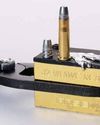
Semi-custom Bullet Moulds
Mike's Shoot in' Shack
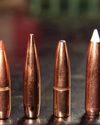
REVISITING THE 6.5 -06 A-SQUARE
Loading New Bullets and Powders
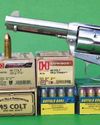
Cimarron Stainless Frontier .45 Colt
From the Hip
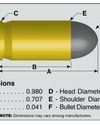
9x18mm Makarov
Cartridge Board
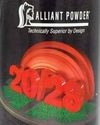
Alliant 20/28
Propellant Profiles
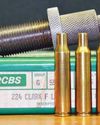
.224 Clark
Wildcat Cartridges